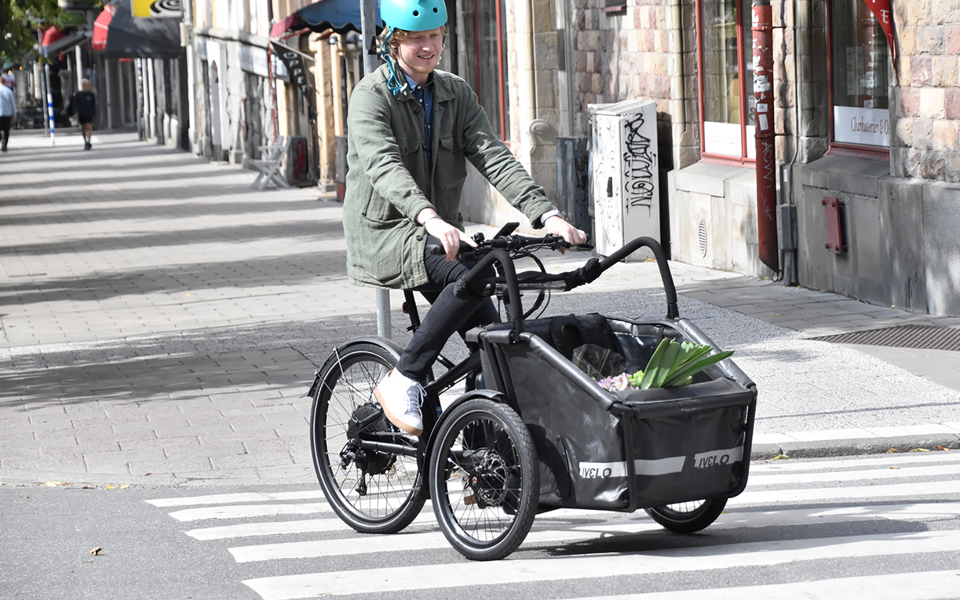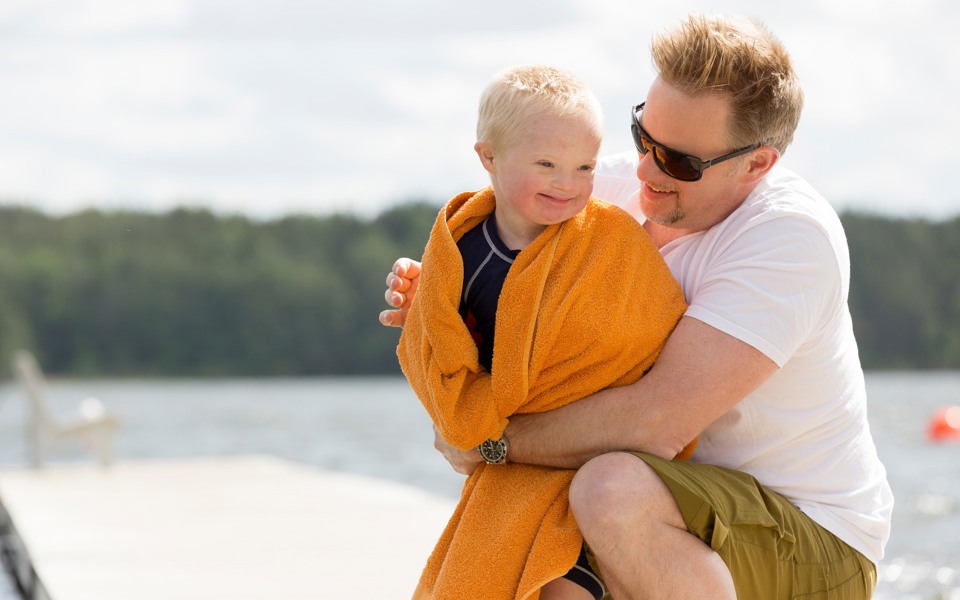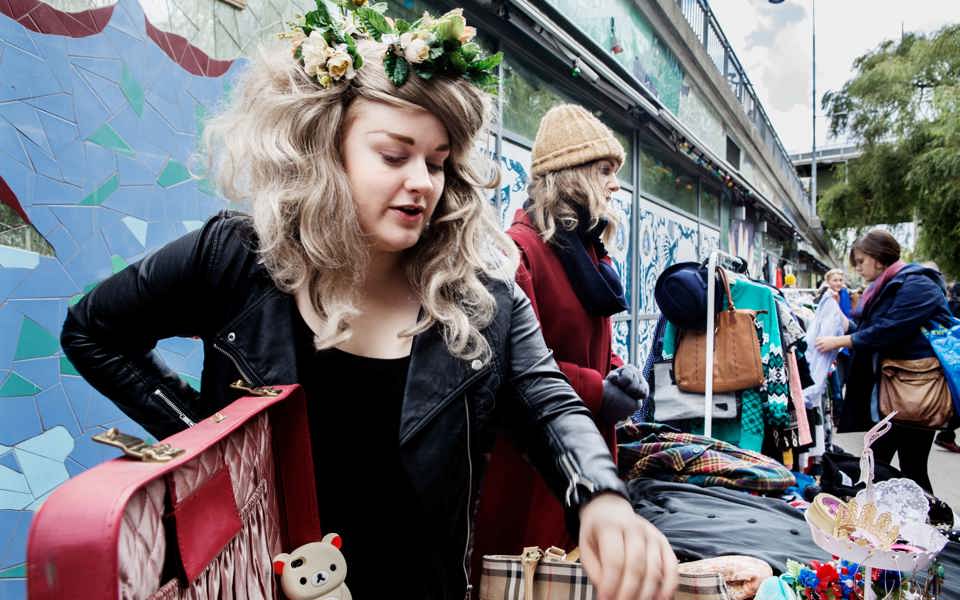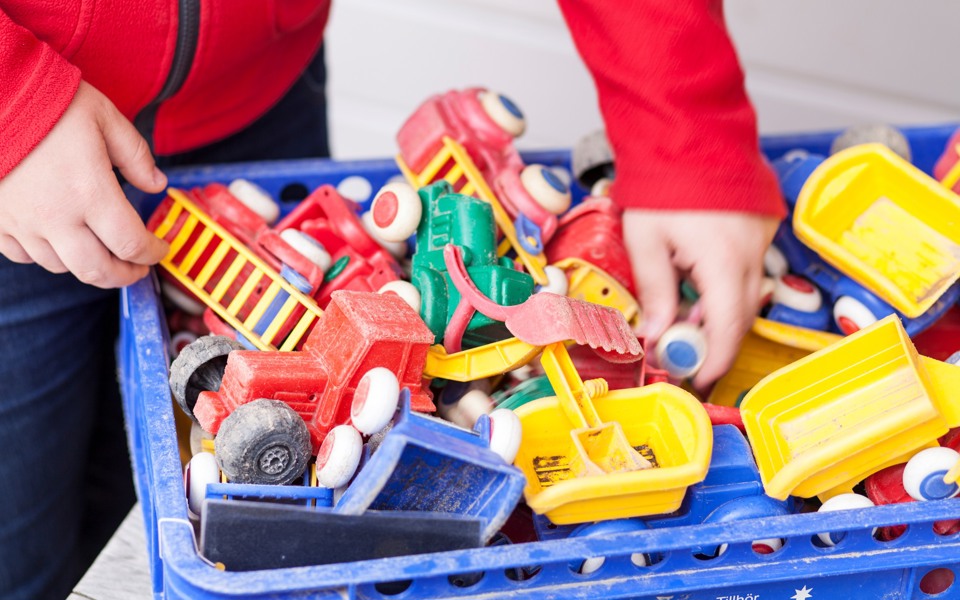- Sustainable Living
- Consumption
Consumption
Your consumption accounts for a large part of your carbon footprint. So when you're going to consume something, ask yourself if you really need that gadget, trip or clothes.
To reach the long term climate goals we all need to change our way of consumption. The most important areas to look at is how we travel and how we eat, but how we buy and use things also makes a big difference.
In general, the things that contribute most to Stockholmers' emissions are as follows in order of magnitude: Travel, food, housing, and clothing and shoes.







